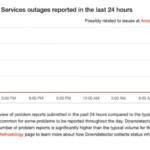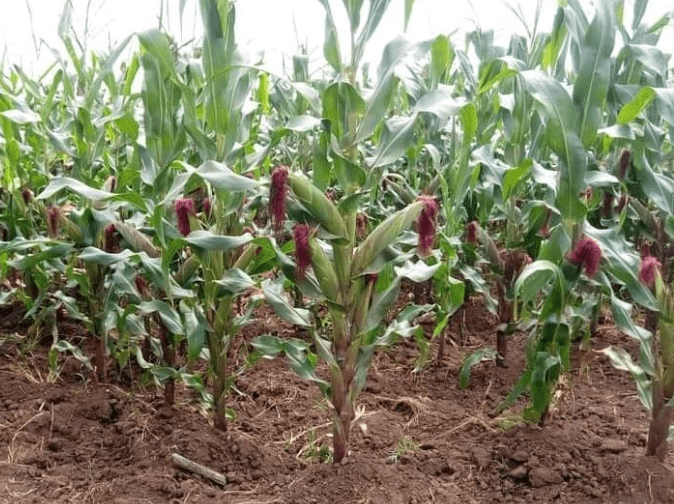Effective implementation of climate smart strategies often requires capacity building and knowledge sharing. By creating awareness among communities, governments and stakeholders. This ensures that best practices are disseminated and applied effectively.
Climate change is a global challenge and an international collabration is often required for the effective implementation of climate-smart approaches. It will ensures reduction of gas emissions and promote climate resilience.
Nevertheless, Climate-smart strategies represent an essential approach to addressing the challenges posed by climate change and also ensures sustainable development. These strategies focus on imigating the impact of climate change, adapting to its effects, and fostering resillience in various sectors such as agricultures, forestry, water management and urban planning.
In agricultures, climate smart practices concentrate on implementing sustainable and resillient farming teechniques. This includes adopting crop varieties and practices better suited to changing climate conditions. Implementing efficient water and nutrients management, reducing greenhouse gass emission from agriculturals activities and promoting sustainable land management practices.
READ ALSO:
- Kenya Finds The Best and Amazing Market for Anchovies-Omena
- Ruto officially opens Nairobi Trade Fair
More importanly, forest serves as foundation of beauty for all surviving animals on earths. Consequently, the sustainable management of forest resources takes center stage in addressing climate impact. This includes strategies to elimate deforatations and promote reforestations. Additionally, climate smarts aims to protect forest from climate-related threats such as wildfires, pest and diseases.
Another crucial part is water management strategies. It encompass efficient use of water resources, improved water infrastructures and the development of adaptive measures for droughts and floods. These strategies ensures a sustable and reliable water supply while minimizing the impact of changing precipitation patterns.
Urban planning that incorparates climate-smart principles is critical for creating resillient cities. This includes building infrastructures that can withstand extreme weather events, improving public transportation to reduce emission, and designing green spaces that absorb excess rainfall and provide cooling in urban areas.
The transition to renewable energeny resources like, wind, solar and hydropower is a fundamental climate-smart strategy. These sources reduce reliance on fossils fuels, which are a mojor contributor to greenshouse gas emission, and promote a more sustainable and low-carbon energy system.
Ecosystem based adaptation. This involves using natural systems such as wetlands and magroves to provide resiliences against climate impact like coastal erosion and storm surges.
In conclusion, Climate- smart strategies are essential in the face of the changing climate. They encompass a wide range of practices and approaches aimed at reducing emission, enhacing resilience, and ensuring sustainable development across almost all sectors. By adoptinh and implementing climate-smart strategies, communities, governements and businesses can play a crucial role in addressing the challlenges posed bby climate change while fostering a more sustainable and resilient future.








